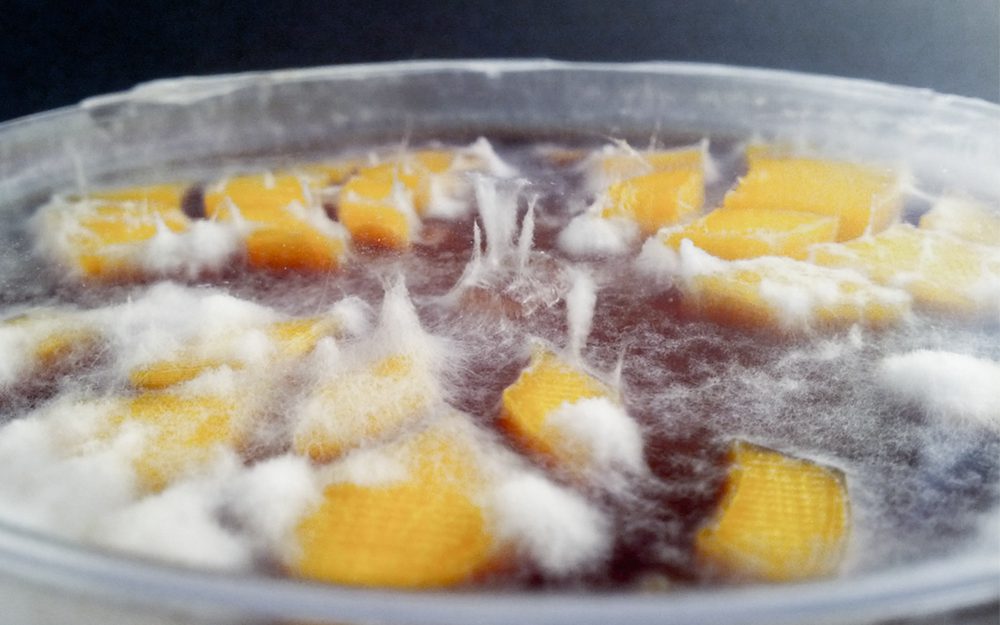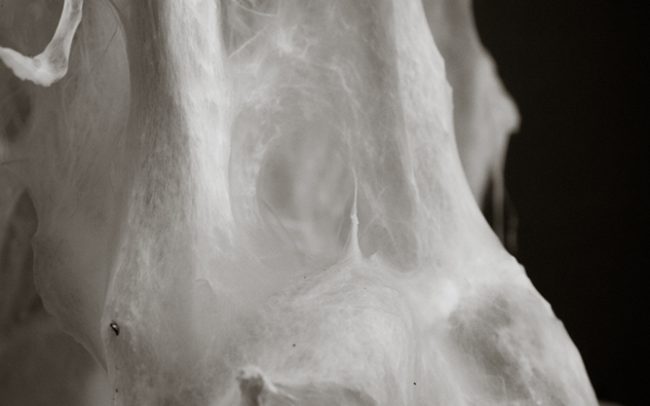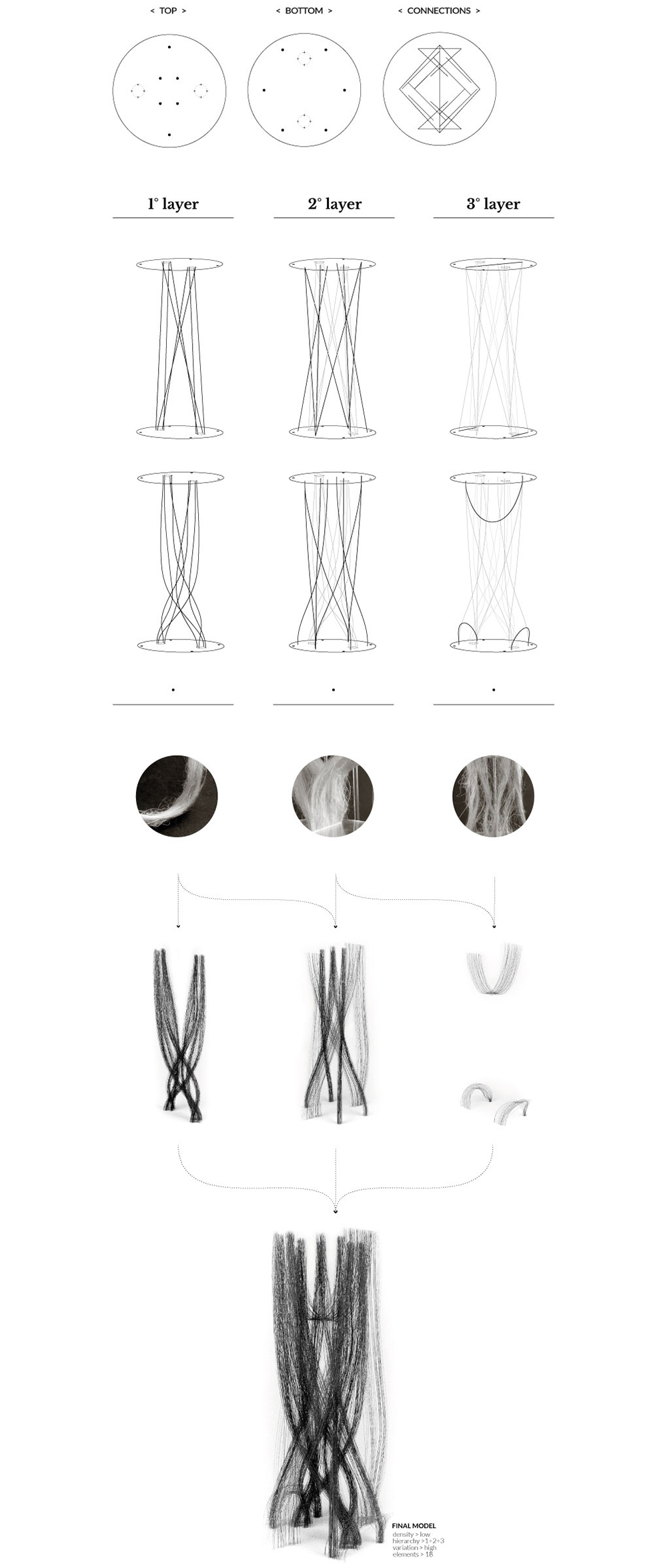study of morphological behaviours through biological systems and digital simulations
It’s a longstanding practice to refer to nature as an (eco)system governed by non-linear interaction logic among its various elements. In such perspective, growth and development processes, common to all organisms from the most simple, allow to unravel characters of increasing complexity that attribute quality and performance at a global level, unseen in the constituent subsystems. Contemporary philosophic and scientific thought aims at reading and interpreting these phenomena, no longer ascribable to a simple linear-deterministic model, through the paradigm of complexity. This concept can be extended to architecture, where attention is being focused on how process develops as well as the rules that guide design and planning. The objective is to filter and direct the results on the basis of the desired requirements, rather than imposing predefined forms on materials and constructions. Biological microorganisms – provided with dynamic and adaptive behaviors – offer an inspiring model for architecture, in favor of a complex system whose functionality is not only the sum of single component performances, but rather the result of interaction between parts and their reciprocal self-organization in space.
Mycelium Tectonics is a multidisciplinary research work which blends architecture with technology and biology. Tectonics is defined here as a territory where connections between space organization and endogenous mechanisms are built. It is explored from a material point of view, starting from mechanical and physical limits of matter where differences could emerge after a change of scale. As a bottom-up system does, self-organization and swarm intelligence are studied here while aiming to describe a new kind of tectonics. From such perspective, variation and differentiation of the system are intrinsic proprieties of the system itself, and they are capable of showing tectonic and aesthetic organization.
The laboratory experience has allowed an in-depth investigation of mycelia morphogenesis and its exploratory abilities. Mycelium is a very simple multicellular organism formed by a large amount of filaments (hyphae), arranged one by one, capable of branching out and reconnecting to initiate a very efficient transportation network. Strategies adopted by Mycelium during its growth (also digitally simulated) has been observable throughout the research program providing impetus to theoretical debates as well as incentives for practical exploration.
Starting with invitro experiments, the research has been focused on the possibility of growing mycelium (Pleurotus Ostreatus species) on filamentous hemp structures. These were investigated and digitally simulated in order to build physical models and allow the fungi to grow on them. The models, once air-dried, showed features and emergent proprieties coherently with the architectural premises.
The final model is 350mm high: the maximum height possible in accordance to the laboratory instrumentation. During this kind of biological exploration, fungi have always been grown in a sterilized environment. Sterilization is very important to ensure the growth of the desired specie of mycelium avoiding contamination.
Considering the results, even if partial, of the technical and experimental research performed here, it becomes necessary to consider the broad meaning of the term “sustainability”. What becomes indispensable is a more profound investigation into the ecological repercussions of the application of that which at the moment is merely hypothesized.














